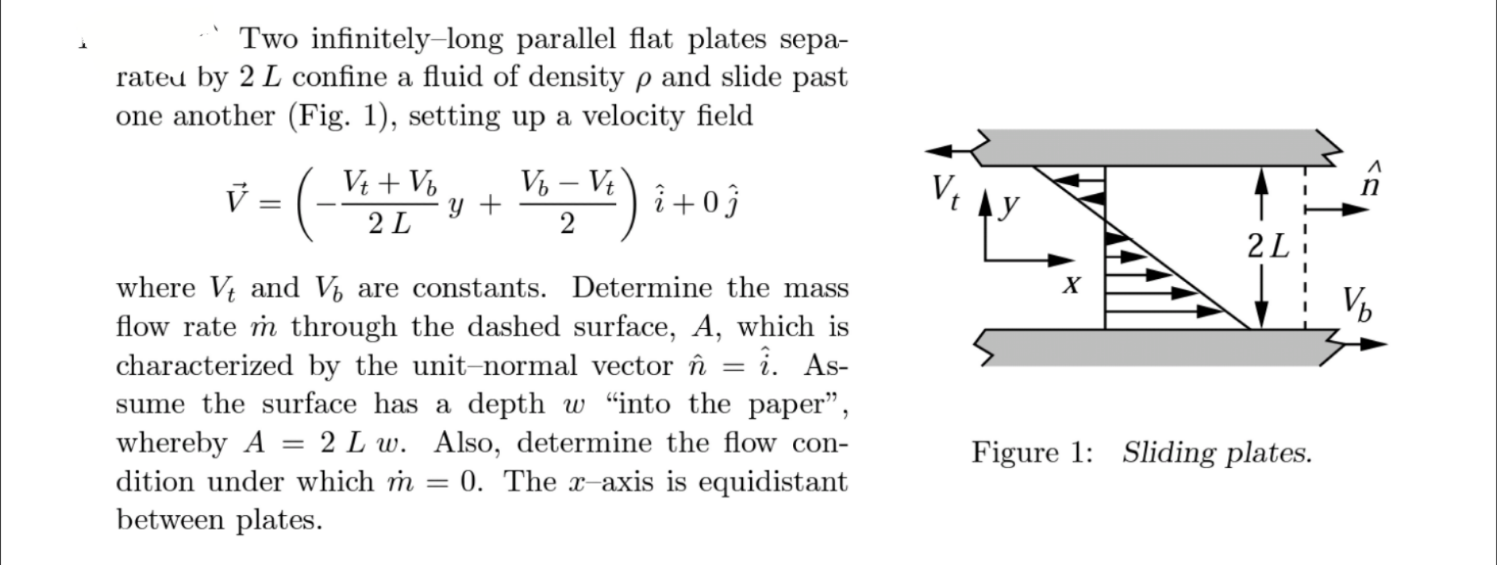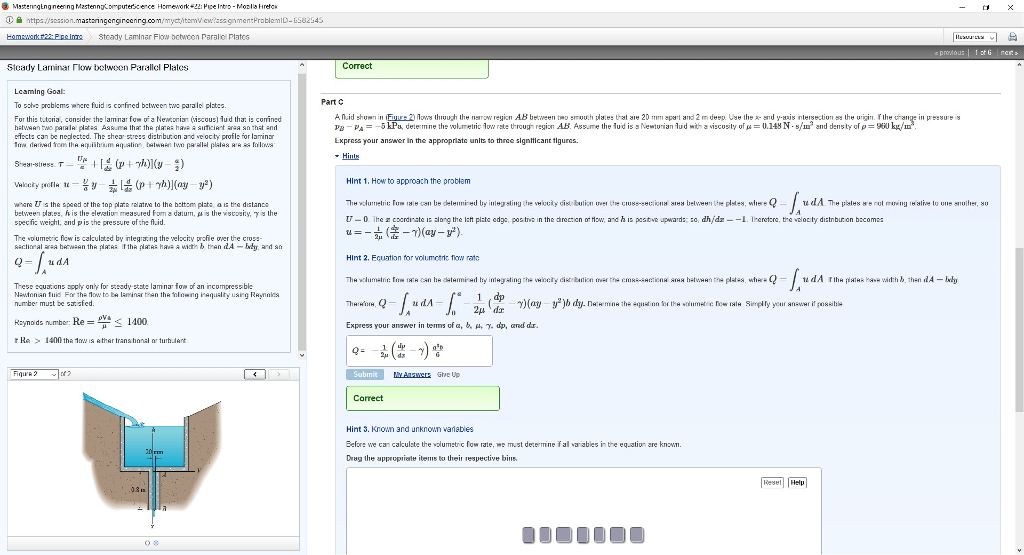



The origin and the properties of the propulsive force can vary typically in a mechanical problem the force might be produced by a pump or propeller and is often concentrated in one location. Propulsion arises in a wide spectrum of problems and can be simply characterised as being the motion generated by a force being applied to an object. It is found that there is excellent agreement between our analytical predictions and the previous simulations in particular we are able to find the critical wavelength for maximum propulsion and explain the modifications that arise in the short and long wavelength limits. The efficiency of the mechanism relies on the generation of a mean flow component whose properties are considered. It is shown how the flow structure takes on a form consisting of a bulk core layer supplemented by suitable edge layers attached to the two plates. In order to shed light on these observations, here we undertake a formal asymptotic analysis of the process in the circumstance when the vibrations move quickly. The degree of the propulsion obtained is a function of both the wavelength and the phase speed of the imposed vibrations and there seems to an optimal wavelength for which propulsion is greatest. If two parallel plates bound a fluid and the plates are free to translate relative to each other, recent calculations have shown that vibrations applied to one plate in the form of travelling waves may induce motion of the other. Such driving is a phenomenon that, while fairly common in biological settings, is less well understood in mechanical and engineering contexts. A prototype problem for the propulsion arising from a spatially-dependent source is analysed asymptotically.


 0 kommentar(er)
0 kommentar(er)
